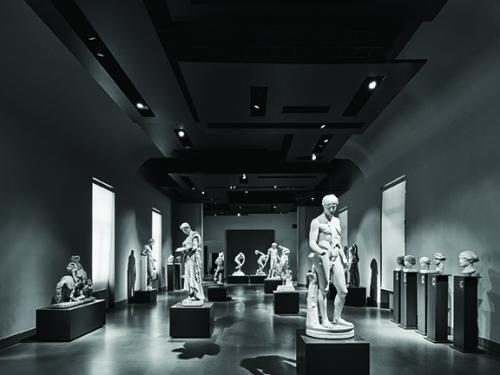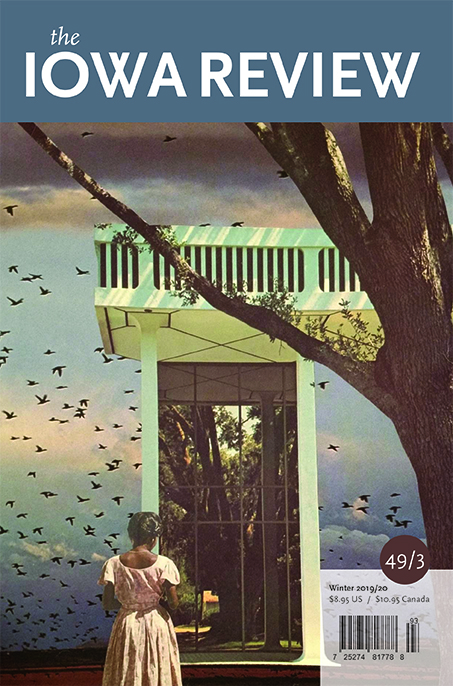
In the basement of the Palazzo Massimo museum in Rome, there is a vault called The Strong Box. Beyond the numismatic collection and the vitrines of golden jewelry, in the middle of the rearmost room, a display case exhibits the blackened body of a mummified Roman girl. She was embalmed in the second century AD and left undiscovered until 1964. She lies in a glass box, her arms at her sides. Today, living children crowd around this coffin, taking photos with their phones. Compared with her, the hundred statues on the floors above them bore them. Old white stone, marble that was never mortal. They ignore the inorganic Aphrodites, Antinouses, Medusas. They can tell that this girl, despite the two millennia condensed in her, is closer to them in time. Like them, she once lived inside it. Now she has passed beyond it. She can teach them things the statues cannot. Her dark body is like the negative of their bodies. Seen from the side, the mummy is as stiff and straight as a minus sign: that hyphen that haunts all negatives, all knowledges lying beyond the zero on the number line. At the entrance to The Strong Box, on the threshold of the -2nd floor of the museum, the wall text that is her epitaph promises many treasures: The numismatic collection. The historical medals. The ancient jewelry, it reads. And other preciousness.
